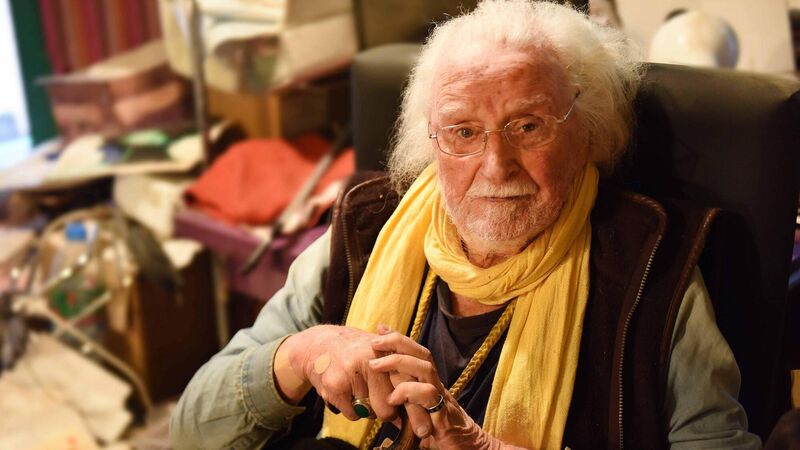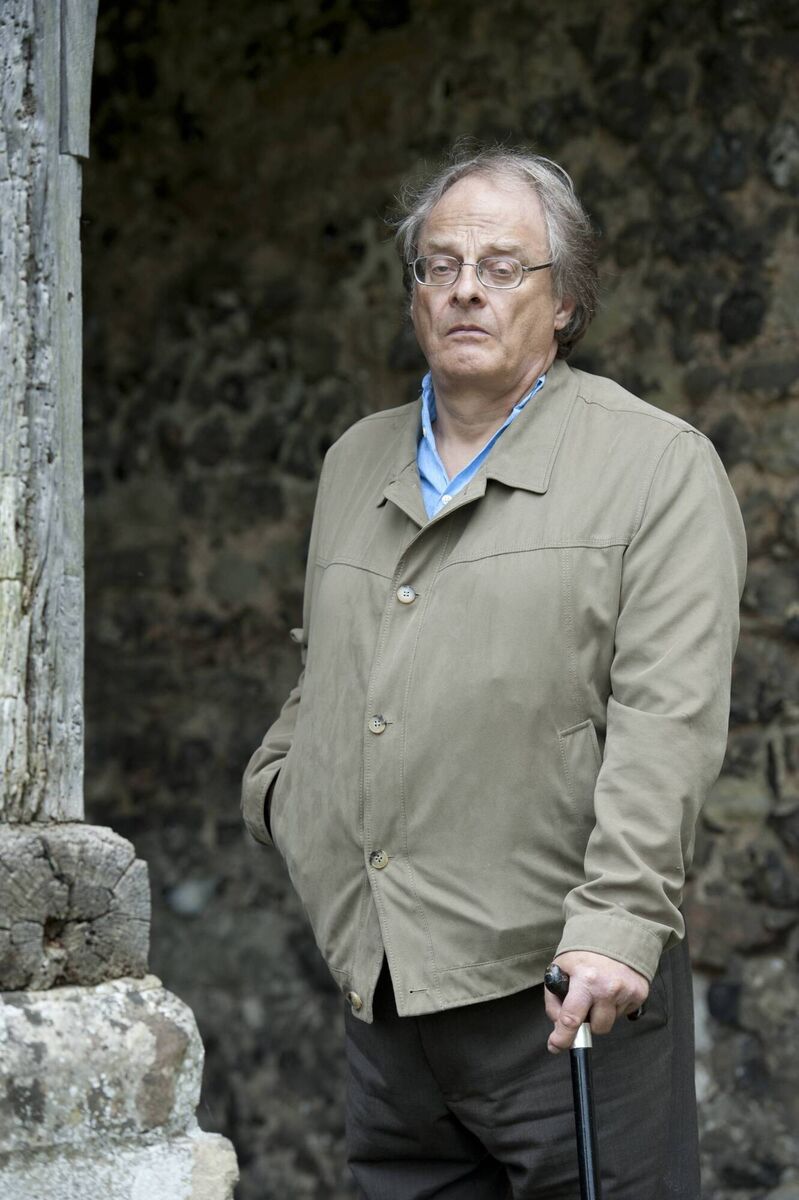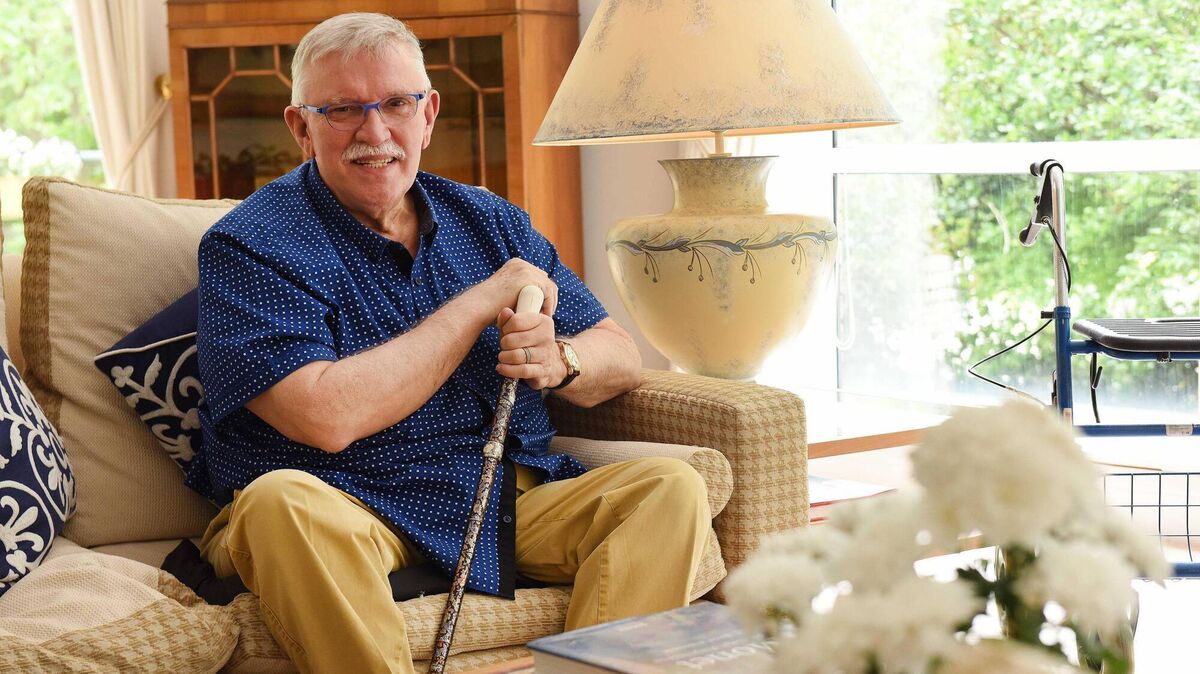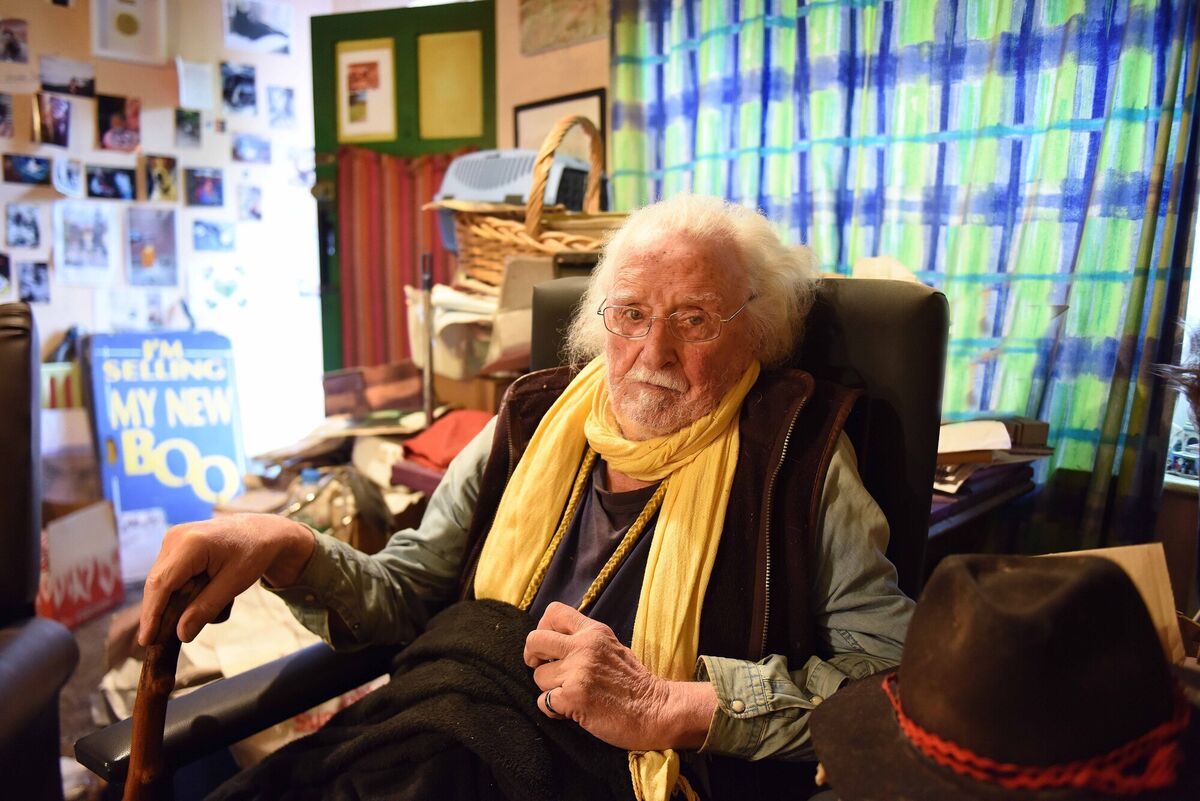Polio's lasting legacy: 'They crossed roads to avoid us'

Pat Ingoldsby who has post polio syndrome. Picture: Moya Nolan



— Pat Ingoldsby
- For support and information, see polio.ie
- The Broken Boy, by Patrick Cockburn, is out now.
- In Dublin They Really Tell You Things by Pat Ingoldsby, Selected Poems 1986–2021, is available to purchase from the Museum of Literature, Ireland, see moli.ie

Celebrating 25 years of health and wellbeing









